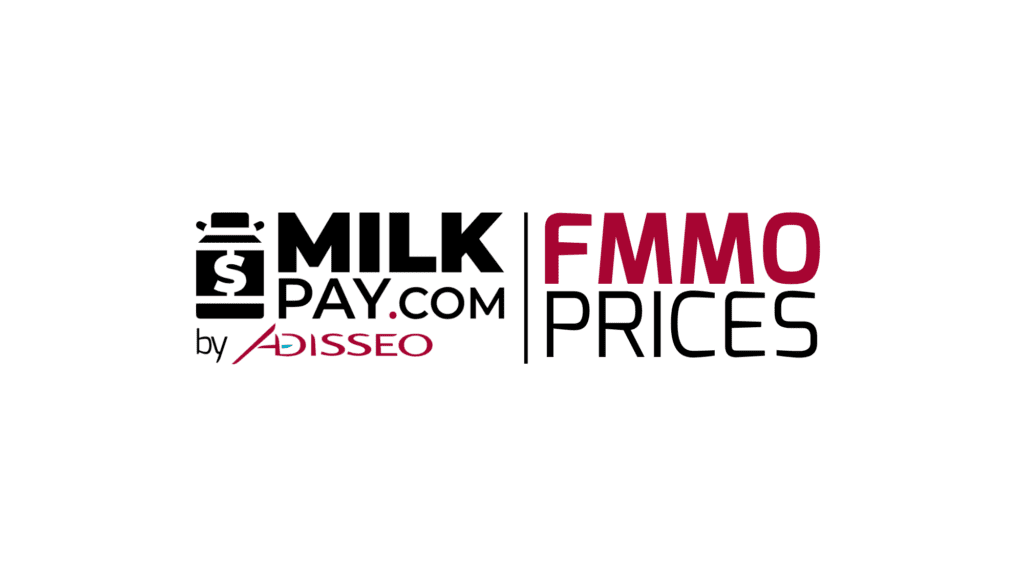How Adisseo brought a solution through nutrition https://www.adisseo.com/en/farmer-testimonials-on-mycotoxins-in-dairy-cows/
Gaylord Cuny
During the winter season, at a time when milk production was at 30.5 kg/cow/day, the health condition of the animals deteriorated, and production rates dropped to 8.5 kg/ cow/day. The cows’ eyes were swollen and bulging. They had red discoloration of the hooves and a rough hair coat. Dry matter intake also drastically dropped by 40%.
A mycotoxin binder from the Adisseo range (Toxy-Nil®) was administered two months after the first symptoms appeared. As soon as the binder was incorporated into the ration, there was a remarkable improvement in intake and then milk production gradually increased. Three weeks after Gaylord began including the binder in the diet, production increased to 20-22 kg milk/cow/day. The cows are currently producing more normal volumes of 28 kg milk/cow/day, remaining slightly below their original levels as a result of contamination. The binder is incorporated directly into the basic ration at a dose of 40 g/cow. “To date, this is the only effective solution we have found to ensure improvements in our herd”, states Gaylord.
Jeremy Jacquot
Jeremy encountered problems with his dry cows, heifers, and dairy cows. The veterinarian intervened when the farm began to experience drops in milk production and increases in the number of cows with red discoloration of the hooves and lameness. Simultaneously, intake and the number of visits to the robot decreased. Certain blood test indicators revealed the beginning of acidosis, though the cause of the situation remained unclear.
A mycotoxin binder from the Adisseo range (Toxy-Nil®) was incorporated directly into the mixer. Milk production quickly increased to 2 kg/cow/day and the red discoloration of the hooves and lameness gradually disappeared. At the peak of the contamination, the intake of the 120-cow herd dropped to that of only 90. But the binder restored the herd’s intake to its normal level. Now the milk production is stabilized, and the binder has become a permanent ingredient in the ration.
Daniel Guillaumée
Daniel Guillaumée is a poly-crop/livestock farmer with his son, Romain, in the French department of Haute Marne. His 280-ha farm includes 65 ha of prairie land, with the other plots managed in rotations of wheat, barley, triticale and maize. His herd of 85 Prim’Holstein dairy cows produces between 30 and 32 kg of milk per cow daily.
At the end of April, milk containing colostrum or antibiotics was separated, but traces of inhibitors were detected in the milk tank. Moreover, several cows had red discoloration of the hooves. A laboratory analysis quickly revealed the presence of hazardous levels of mycotoxins in the feed ration, in particular Trichothecenes and Zearalenone. Ergot was also visible to the naked eye in the barley. A mycotoxin binder from the Adisseo range (Toxy-Nil®) was quickly administered, and its beneficial effects were visible in less than a week. Traces of antibiotics in the milk disappeared. Milk production increased by 1.2 kg/day; fat content remained stable at 39.7 while protein rose by one point, reaching 35.2. Cell counts in the milk decreased by 37% (from 365,000 to 230,000) and the red discoloration in hooves gradually disappeared. The binder was therefore effective and reliable to combat a multi-mycotoxin contamination.






